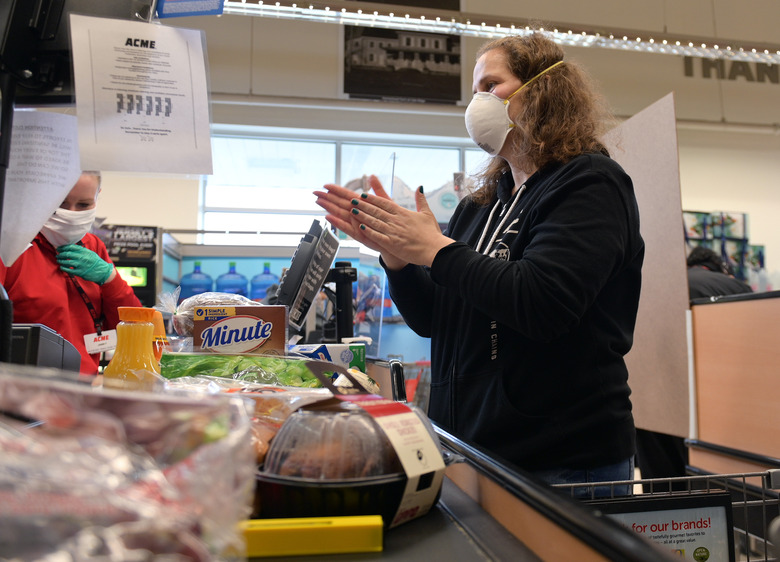Groceries And Coronavirus: Shoppers Report Higher Prices During The Pandemic
In May, the U.S. Bureau of Labor Statistics reported an increase in grocery prices and according to a new study, that still rings true. A survey by C+R Research found that 85% of Americans are paying more for staples like meat, eggs and poultry now than they were before the pandemic, with a week's worth of supplies totaling $139 on average.
Grocery Shopping Tips: Skip Out on These Items
The report cites the Bureau of Economic Analysis in saying beef prices are 10.3% higher than they were in February of this year, while poultry is 6.3% higher and eggs are 5.9% higher. For that, of 2,040 consumers surveyed, 65% have cut back on their food budget. How? By eating less meat and poultry, seeking discounts, avoiding organic items and buying in bulk.
As demand increases for cleaning and disinfecting supplies and toilet paper, 75% of respondents reported paying more for everyday household goods. Data from the Bureau of Economic Analysis shows that paper supplies are up in price by 8.9% since February, appliances are up 6%, flowers and potted plants are up 5.8% and cleaning products are up 5.4%.
It's unclear whether a second stimulus check will be issued, but if one were, 65% of respondents said they would spend the majority of it on groceries and food. And though there are fewer shortages in staples like flour and frozen vegetables than there were at the start of the pandemic, 83% cite difficulty in finding groceries they normally purchase and 78% report difficulty in finding the household goods they need.
In such an uncertain time, it should come as no surprise that 75% of Americans feel uncomfortable at the grocery store. In case you can't get your haul delivered to you at home, we put together a list of tips for making the most of your grocery store trip during coronavirus.
